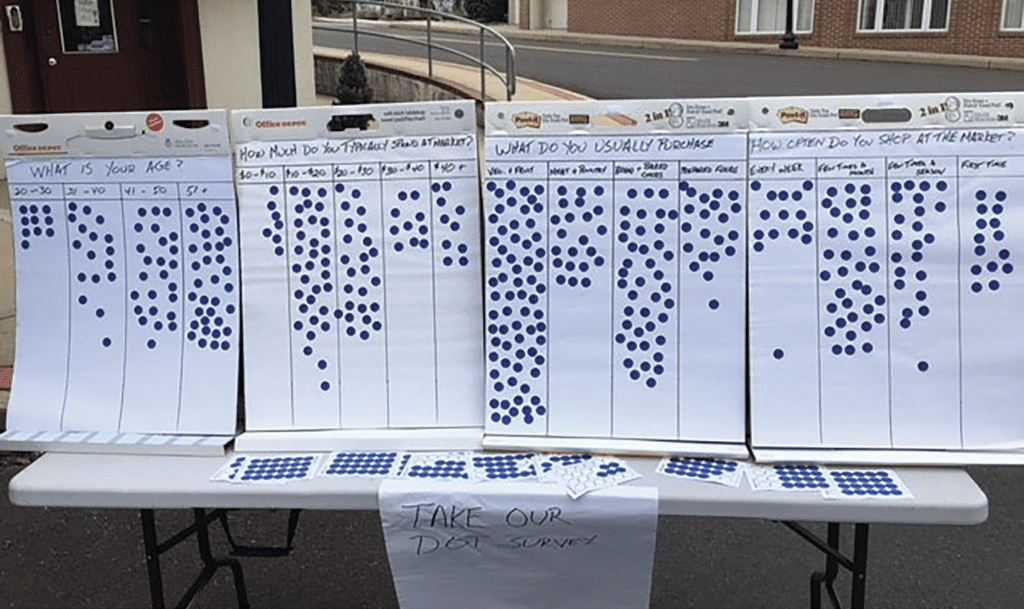

Sep 27, 2018Market data is more than a four-letter word
Whether you manage a farmers’ market, on-farm market or a large public market, the questions remain the same. “What does the public want? Why do they shop at my market? Why don’t they shop at my market? Do I have the right product mix?”
Coming up with the answers without any real information is taking a shot in the dark. Most of the time it’s done by trial and error and it can be a while before we know if the adjustments we’ve made to our market are successful or not. If we’re not successful, it can be costly.

I find that most markets collect little or no data about who shops at their markets.
Every retail outlet we patronize collects information about us whether we know it or not. Every time I go to the grocery store and purchase something, I get a receipt and a coupon for the item I just purchased in the hope that when I need that item again I will get it at that store.
Most of us don’t have the capacity for that kind of sophisticated customer retention model but there is a low-cost tool we can use that was developed by Oregon State University called the Rapid Market Assessment. You can find it here.
The Rapid Market Assessment consists of a tally counter and several flip charts. With the tally counter we can do hourly customer counts. You don’t need to have someone stand there all day counting every single person coming into the market. Instead, pick a point in the hour, say at quarter past each hour the market is open, and count every person coming into the market for 15 minutes. Take that count figure, multiply it by four and you will roughly have the number of shoppers that came into the market for that hour.
Along with customer count, you will do a dot survey. Take your flip charts and put a question you want to ask your customers at the top of each page such as “How often do you shop at the market?” or “How much do you usually spend?” or “What do usually purchase?” For each question, you will have a range of answers.
For the question “what do you usually purchase?” you might have answers like fruit and vegetables, meat, poultry, bread, dairy and the customers will place a dot on the answer that is most appropriate for them. It does require that someone be at the dot survey to get your customers to do it, but it isn’t difficult. Believe it or not, people love to put dots on things!
It’s much better than someone approaching you with a clipboard and asking questions. Too many questions can deter folks from taking the survey. I like to use approximately four questions.
At the end of the day, we will have some information that can help us make some decisions such as how many people shopped at the market that day and what they spend their money on or how much do they usually spend.
I recommend that markets do this activity at least once a year. Markets and communities are always changing. What was successful for us five years ago may not be so successful in the future. The only way we know that is to have a way of collecting data.
Whether you use the Rapid Market Assessment tool or some other tool, you will have some information that will help make your market be more successful.
– Brian Moyer, FGN Columnist
Top Photo: Along with customer count, you should conduct a dot survey. Take your flip charts and put a question you want to ask your customers at the top of each page. Photo: Brian Moyer














